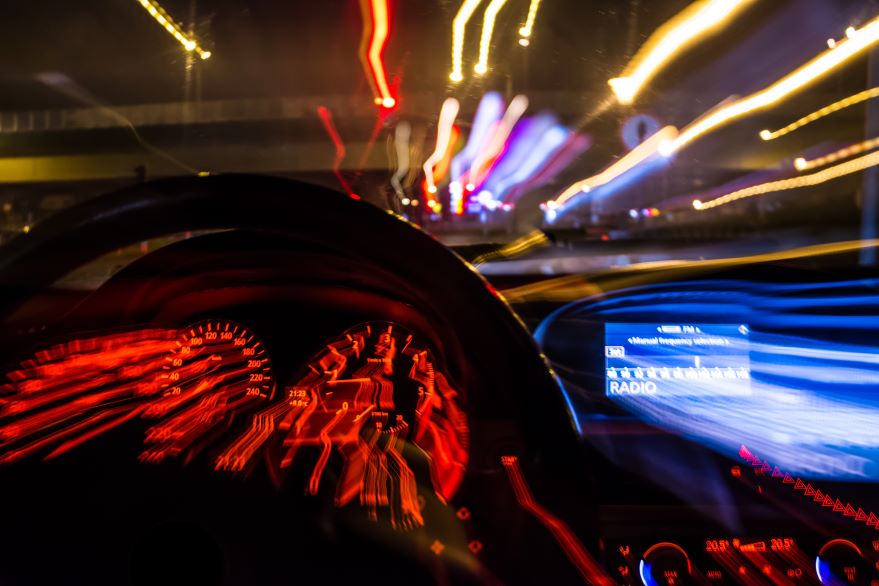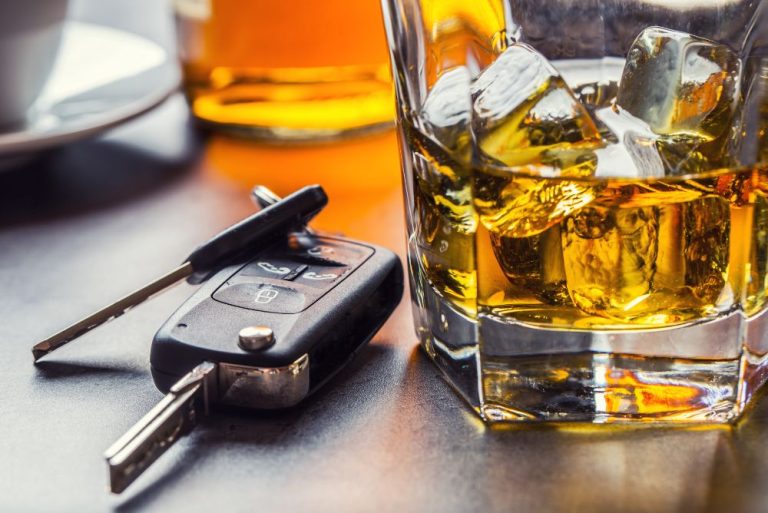With Christmas party season in full swing, we’re all ready to celebrate. But the temptation to drink and drive poses a renewed threat. And even if you aren’t driving, it’s important to look after yourself at this time of year. Let’s tackle some drink-drive and alcohol limit FAQ’s.
- How much can I drink?
- Is one pint a unit?
- What is the UK drink drive limit?
- Can I be pulled over and tested?
- What is the safest way to get home after drinking?
- Does car insurance cover drink driving accidents?
How much can I drink?
If you are driving, the best answer to this is ‘no alcohol’. Some people could be over the limit after one alcoholic drink, others after two. Although there are legal limits, the results of your breathalyser test can be affected by a range of factors, including:
- Men process alcohol faster than women, which means that women can have a higher blood alcohol concentration after drinking the same amount of alcohol as a male of the same weight.
- Fizzy mixers enable your body to absorb alcohol faster than with no mixer, whereas mixing with water or juice slows the process down.
- Your liver is less proficient when you are tired, so alcohol stays in your system longer.
- If you are dehydrated, alcohol stays in your system longer.
In fact, Brake suggests that if you are driving the next day, limit yourself to one or two drinks maximum the day before.
Is one pint a unit?
Frequently asked, and the answer is often unexpected. One drink doesn’t equal one unit. Here is an idea of how many units are in your favourite tipples of choice.
- A pint of 4.5% beer: 2.3 units
- A single shot (25ml measure) of 40% spirit (e.g. gin, whisky or vodka): one unit
- A large (250ml) glass of 13% wine: 3.2 units
- A pint of 6% cider: 3.4 units
- One bottle of red, white or rosé 13% wine contains 10 units.
According to the NHS, counting alcohol units was first introduced in 1987 to help people moderate their drinking. It was established that one unit equals 10ml or 8g of pure alcohol, which is the amount of alcohol the average adult can process in one hour. Men and women are advised not to drink more than 14 units a week, and this should be spread out over several days during the week, so make sure you take time out during the festive season to enjoy several drinks-free days to stay fit and well.
What is the UK drink drive limit?
The drink drive limit in England, Wales and Northern Ireland is:
- 35 micrograms of alcohol per 100 ml of breath
- 80 milligrams (mg) of alcohol per 100 ml of blood
- 107 mg of alcohol per 100 ml of urine
The drink drive limit in Scotland is:
- 22 micrograms of alcohol per 100 ml of breath
- 50 milligrams (mg) of alcohol per 100 ml of blood
- 67 mg of alcohol per 100 ml of urine
Although these stats are widely available online, there is no hard and fast rule surrounding the number of drinks it would take to achieve these levels. It could be just one drink, or two, based on all of the factors outlined above. Two pints or two small glasses of wine would certainly put you over the limit, however it is worth noting that a glass of wine can contain up to 3 units and a typical pint up to 2, depending on the strength and size of the glass. There are differentiations across different drinks and different brands.
And if you are heading to Hogmanay this year, please do remember that Scottish limits are lower!

Can I be pulled over and tested?
At present, random drink and drug testing is not permitted in the UK, but it is supported by 72% of UK drivers. However, police are permitted to pull over a driver if they suspect someone is driving erratically – and chances are that, if someone is over the limit, even marginally, their driving is affected, whether they know it or not. A police officer is then permitted to breathalyse the driver if they suspect alcohol is involved. If the driver fails the test, they can be arrested, prosecuted, and penalised.
For those who rely on their vehicle for work, particularly couriers, taxis, and the trade, prosecution can have a huge impact on their career. From loss of work, and increased insurance premiums to an outright ban, it can bring a career to a very damaging halt.
Thanks to greater awareness, the number of alcohol-related accidents is slowly reducing, as is the percentage of drivers failing a breathalyser test at the scene, falling from 54% testing positive in 2010 to 40% in 2020, as reported by Gov.uk. Although this is moving in the right direction, it is clear that this rate is still far too high!
What is the safest way to get home after drinking?
If you don’t have a designated driver or a friend or family member to pick you up after that Christmas party, make a sensible plan. Some options include:
- Designated driver: Appoint a sober friend or family member to drive you home.
- Public transportation: Use buses, trains, or taxis to get home.
- Temporary car insurance: Insure a sober friend or family member to drive you and your car home.
There are plenty of licenced taxi services bookable in advance, or ad hoc on street taxi ranks, often supervised for safety, and we would encourage all of our clients to use these services even if they have had just one drink this year.
And whether you are driving (sober!), hailing a taxi, or opting to walk home, please be aware that most drink-drive accidents occur between 10pm and 1am.
Does car insurance cover drink driving accidents?
A sobering note on this comes from Howden’s Michael Foord, Divisional Director, Oxford.
“More and more insurers now have a ‘Drinks/Drugs’ clause applied to their policy wording, and we do have to point this out to our clients as many insurers decline cover following an accident where the driver is found to be under the influence of drugs, or if the alcohol limit has been exceeded.
“This can mean that you won’t be covered for any losses, damage or liability arising from an accident while driving under the influence.”
Find out more on this topic via our previous blog, ‘Can I get insurance with a drink driving conviction?’.
Please travel safely this winter – and help us to raise drink driving awareness by sharing this blog on social media.
This is a marketing blog by Howden.

